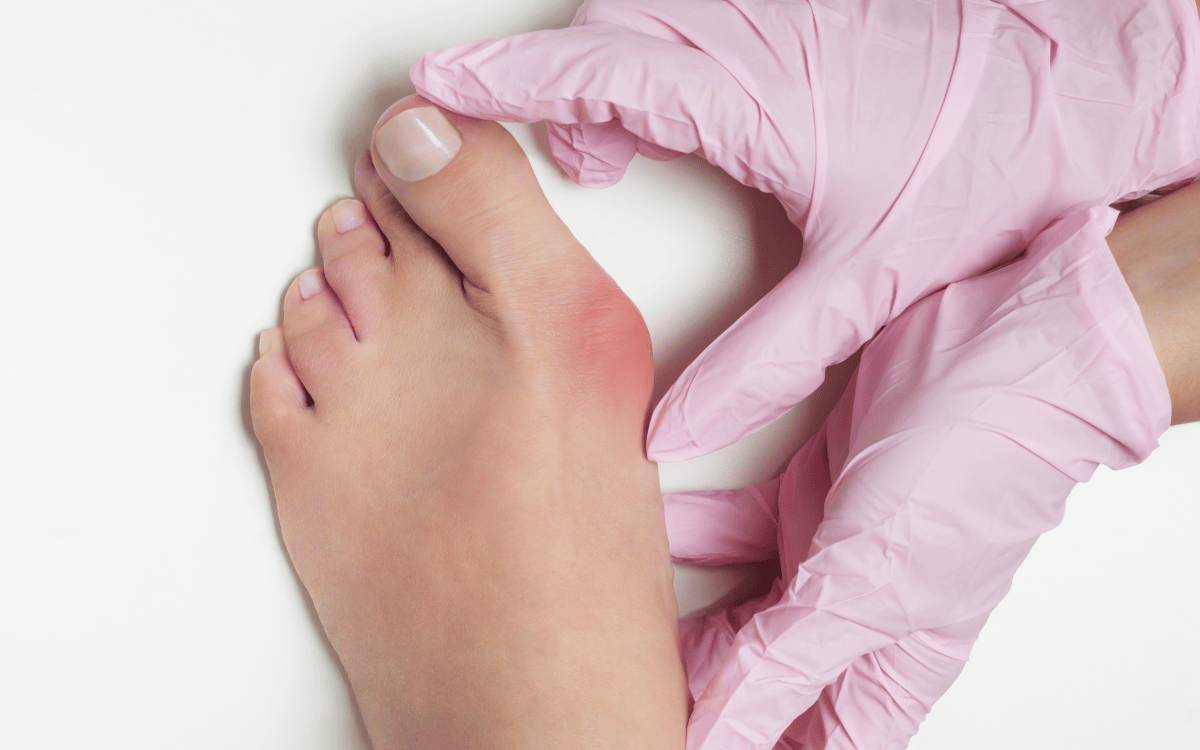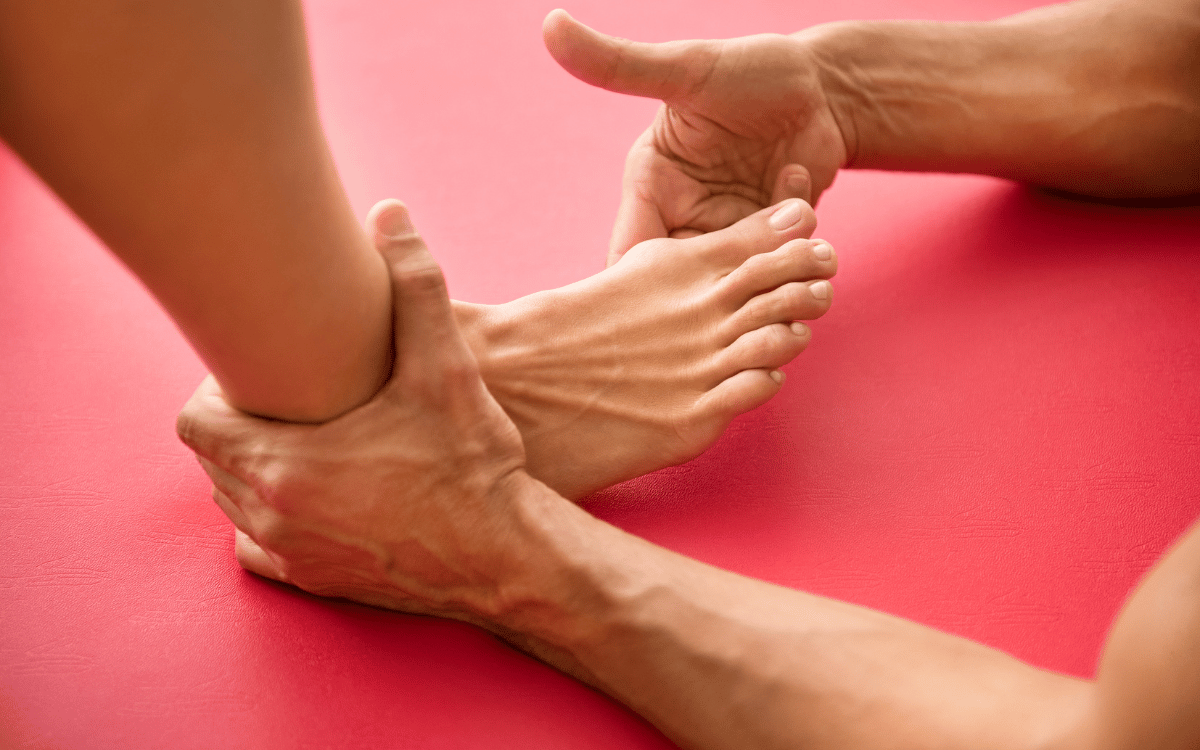Comprehensive Guide to Strapping Techniques for Foot Pain Relief
This guide explores various strapping techniques specifically designed to alleviate foot pain caused by conditions such as plantar fasciitis and ankle injuries. Understanding these methods can empower individuals to manage their symptoms more effectively and enhance their overall foot health.
Strapping involves applying tape to support injured or painful areas of the foot, promoting healing while allowing for movement. Techniques like kinesiology taping and rigid taping can be tailored to individual needs, providing both immediate relief and long-term benefits when performed correctly.
Benefits of Strapping Techniques in Podiatry
Strapping techniques offer numerous benefits, including pain relief, improved mobility, and enhanced recovery from injuries. By stabilizing the foot and reducing strain on affected areas, these methods can significantly contribute to a patient's rehabilitation process.
For instance, athletes often utilize strapping before engaging in sports to prevent injuries, while individuals with chronic pain can find relief through consistent use. Additionally, proper strapping can help in managing swelling and inflammation, further aiding recovery.
Common Strapping Methods for Foot Conditions
There are several commonly used strapping methods that podiatrists recommend for various foot conditions. These include techniques for plantar fasciitis, ankle sprains, and general foot support, each tailored to address specific issues effectively.
For example, the 'Arch Support Strapping' technique can provide immediate relief for those suffering from plantar fasciitis by supporting the arch of the foot. Similarly, 'Ankle Support Strapping' helps stabilize the ankle joint during physical activities, reducing the risk of re-injury.
How to Apply Strapping Techniques Safely
Applying strapping techniques safely is crucial to achieving the desired results without causing further injury. Proper technique involves preparing the skin, using the right materials, and following a specific application method tailored to the individual's condition.
It's recommended to consult with a podiatrist or trained professional for the initial application to ensure correct technique and to learn how to adjust the strapping as needed. This professional guidance can help maximize the benefits while minimizing the risk of complications.



